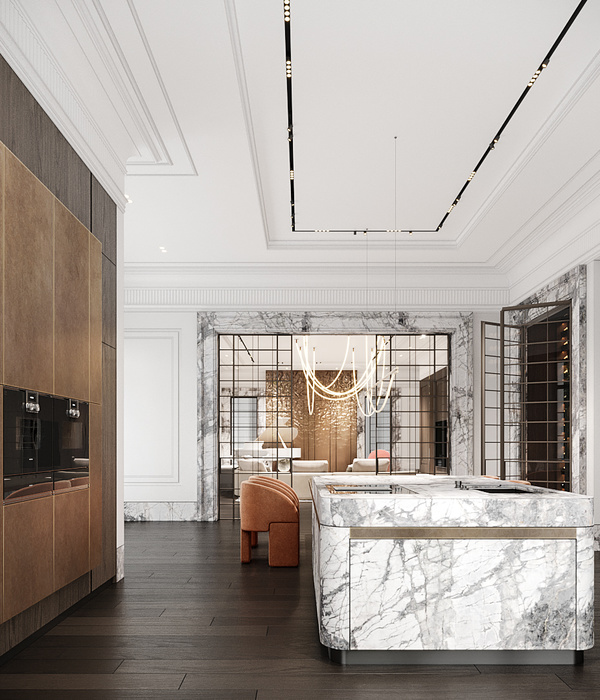This large nineteenth century building, with a volume of 100,000 cubic metres and a surface of 25,000 square metres, is made from stone bearing-walls, round brick vaults, and a wooden roof. The restoration project is based on a distributive strategy to clear the numerous rooms for their new functions with the minimum modifications of their spatial and material structure. The tangle of horizontal and vertical itineraries has been integrated with four security stairways added to the three existing flights, while a large staircase with two lifts occupies the glass-roofed central courtyard. A further two lifts are placed where the three parts of the complex rise. With the completion of the ring of walkways of the lateral glass-vaulted courtyards, the two wings of the building are linked to the central body to obtain the necessary functional unity. Glass diaphragms separate the vaulted areas of the lecture halls and the laboratories from the shared spaces for circulation. An incision along the building’s perimeter, the excavation of the landfill of the three courtyards, and the relative enlargement of the existing basement windows allow adequate illumination and utilisation of the basement floors which can be crossed from one end to the other as far as the large external stairways which serve as exits, together with the other stairs and ramps placed at the north and south sides. With the completion of the ring of walkways of the glass-vaulted lateral courtyards, the two wings of the building are linked to the central body to obtain the necessary functional unity. At the same time, the low level of luminosity and of natural ventilation in the loft, destined to house the library, has been increased in certain parts with slender cuts in the roof, and glass diaphragms that delimit the small terraces. Finally, the careful design of the beige-painted steel additions, stairs, window fixtures etc., is inspired by the robustness of the original building as the promise of a long life.
{{item.text_origin}}












